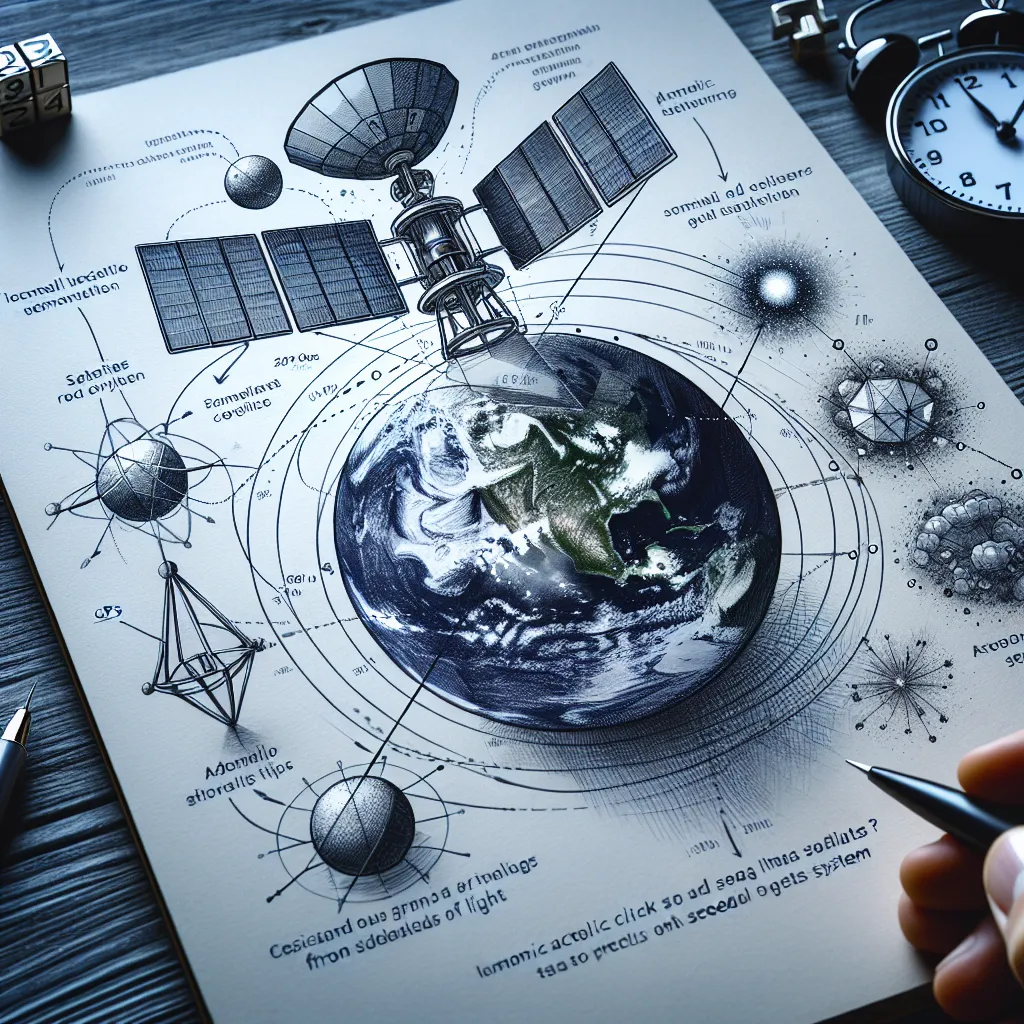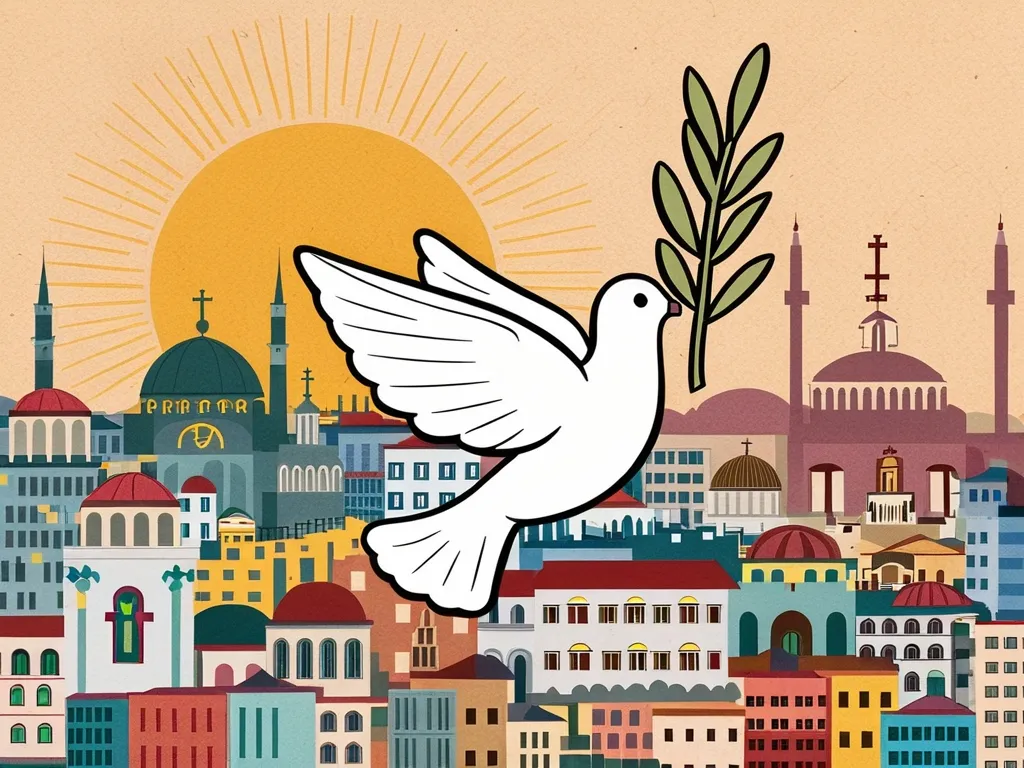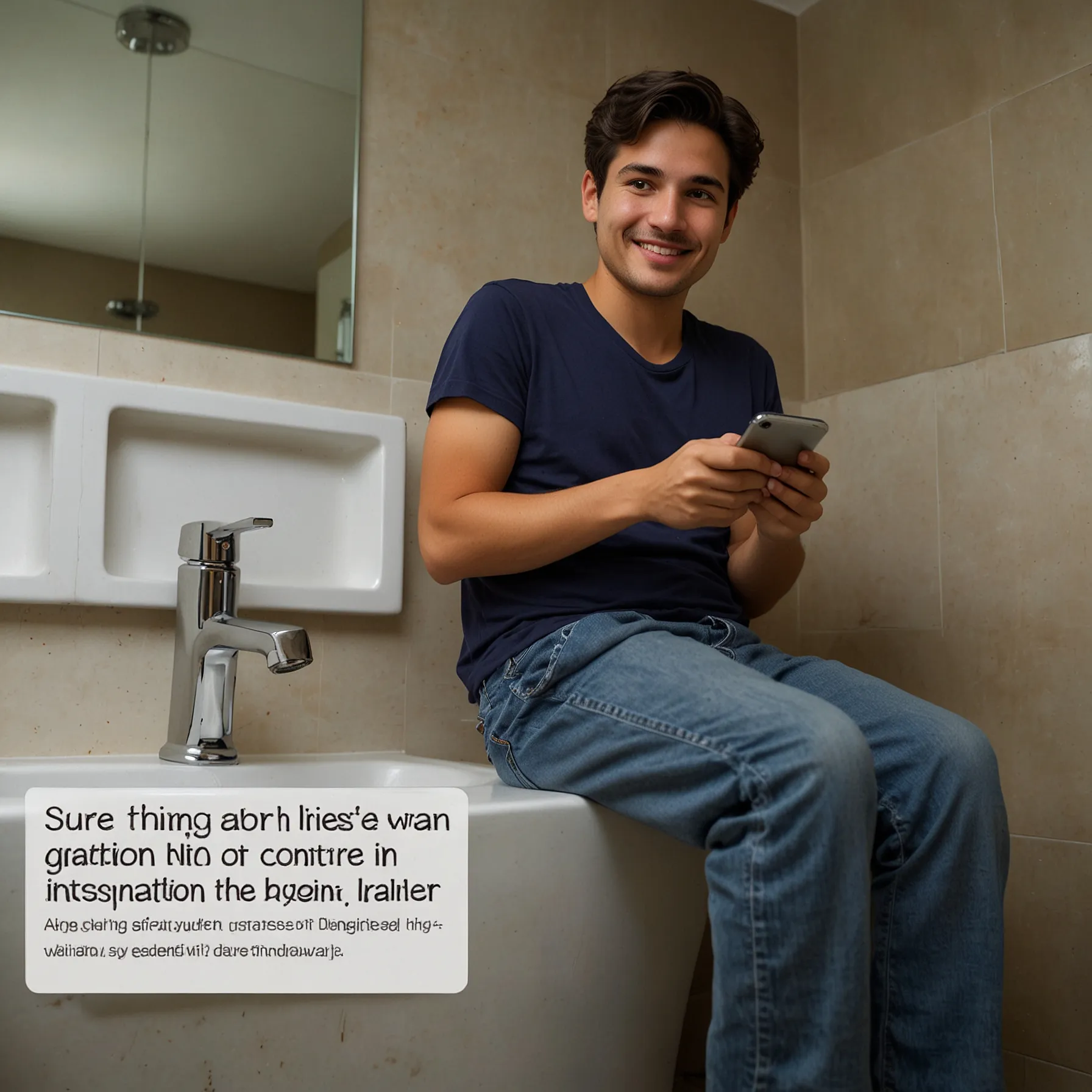Ani stood solemnly in front of a grand, golden scale. Next to him was Anubis, the jackal-headed god, weighing Ani’s heart against a delicate ostrich feather. Ani wasn’t a mythical figure; he was a real scribe from Thebes, living in the 13th century BCE. This dramatic scene is a snippet from his Book of the Dead, a 78-foot-long papyrus aimed at guiding him to immortality. Initially, such texts were exclusive to Pharaohs, but eventually, the Egyptians believed that even common folks like Ani could achieve the afterlife, provided they passed the daunting tests.
Everything starts with Ani’s death. His body undergoes mummification by priests who meticulously remove all his organs except the heart, seen as the core of emotion and intellect. This empty body is then filled with a salt called natron and wrapped tightly in resin-soaked linen, interlaced with protective charms and topped off with a heart scarab amulet—a key element in Ani’s afterlife journey.
The entire two-month mummification process aims to preserve Ani’s body in an ideal state for his spirit to eventually return. But his spirit must first navigate the duat, or underworld. This harrowing place is filled with dark caverns, fiery lakes, and magical gates guarded by terrifying beasts like crocodiles, snakes, and horrifying half-human creatures with sinister names such as “he who dances in blood.” Adding to these perils is Apep, the serpent god of destruction, lurking in the shadows to capture Ani’s soul.
Luckily, Ani isn’t unarmed in this hazardous place. He carries the magic within his custom-written Book of the Dead, filled with spells, prayers, and codes tailored to help his spirit overcome obstacles and fend off monsters. With this magical arsenal, Ani skillfully avoids Apep and faces his ultimate test in the Hall of Ma’at, the goddess of truth and justice.
At Ma’at’s Hall, forty-two assessor gods judge Ani’s life. He must convince each one that he lived righteously. Ani calls them by name and recites a list of sins he claims not to have committed—he declares he didn’t make anyone cry, wasn’t an eavesdropper, and never polluted water. But was Ani truly flawless? Perhaps not, but his heart scarab amulet comes to his rescue, inscribed with the plea, “Do not stand as a witness against me.” This ensures Ani’s heart doesn’t betray him by recalling any minor misdeeds like listening to his neighbors quarrel or washing his feet in the Nile.
The moment of truth arrives. Ani’s heart is weighed against the feather. If his heart is heavy with wrongdoing, the monstrous Ammit, part crocodile, part leopard, part hippopotamus, will devour it, ending Ani’s existence forever. But fortune favors Ani—his heart is judged pure.
With a light heart, Ani is led by Ra, the sun god, to Osiris, the god of the underworld, who finally approves his entrance into the afterlife. In the serene and fertile field of reeds, Ani reunites with his deceased parents. There is no sadness or pain, but everyone must work. Ani cultivates his land with the help of a Shabti doll placed in his tomb, ensuring he remains productive in eternity.
Today, the Papyrus of Ani rests in the British Museum since its move there in 1888. We can only imagine Ani’s true fate, but his Book of the Dead allows us to envision him happily tending his crops forever.






